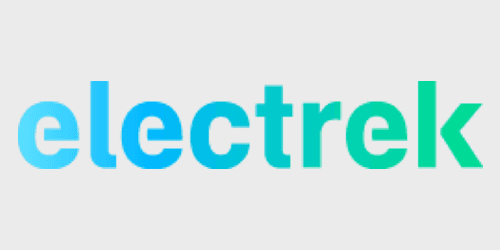
Tesla is launching phase 3 of its massive virtual power plant in South Australia and confirmed that soon, almost 4,000 homes with Powerwalls and solar will be connected to the system.
Tesla virtual power plant
A virtual power plant consists of connecting several small distributed energy assets, like residential solar panel systems and home battery packs, and using them together to provide larger grid services.
With its Powerwall being a popular home energy storage system, Tesla has been an early adopter of the concept and planned to deploy it on a large scale in South Australia.
The project’s origin story is interesting. It came around after Elon Musk visited South Australia following the launch of its giant battery system in the state.
Musk gave an interview during which he was informed of the significant hardship that Australia’s high electricity prices are putting on low-income families.
The region suffers from a very unstable grid, and electricity costs are so high that some families have to decide between keeping the lights on or going hungry.
Visibly affected by the issue, Musk vowed that Tesla would “work harder” to help solve the problem.
A few months later, Tesla announced that it reached a deal with the South Australian government to install solar arrays and Powerwalls on up to 50,000 homes.
The deal was jeopardized after a new government was elected in the state a few weeks later, but they have since come around and confirmed that they will be moving forward with Tesla’s initiative as long as it is financed successfully.
A few months later, in July 2018, Tesla deployed the first 100 Powerwalls with solar for the new virtual power plant and focused on reducing the cost of electricity for low-income households.
By the end of the year, the project moved to its second phase, and Tesla started deploying 1,000 more systems as part of the virtual power plant.
While only a fraction of the total planned capacity of the virtual power plant has been deployed, they already started testing some grid services with the current system.
Earlier this year, the Australian Energy Market Operator, the agency behind the project, released an in-depth insight report on the virtual power plant, and it showed promising results to stabilize the grid while lowering electricity costs for participants.
Tesla is now moving to Phase 3
Robyn Denholm, Tesla’s chairwoman (who also happens to be Australian), announced that Tesla is moving to phase 3 of its virtual power plant:
Tesla is taking the next step toward accelerating Australia’s transition to sustainable energy with the launch of phase three of the South Australia Virtual Power Plant (SA VPP), growing the program toward 50,000 South Australian homes.
Phase 3 will add another 3,000 homes to the system.
Denholm added:
A growing number of Housing SA homes — soon to be 4,000 — as well as private households via the Tesla Energy Plan are connected to the SA VPP and benefiting from the lowest-priced electricity rate in the state while also contributing to a more resilient grid.
Tesla is going to pay $18 million to deploy the battery and solar systems in phase 3.
The households will receive the systems at no cost and will pay for the electricity from them at a rate more than 20% lower than from the grid.
The South Australian government is contributing $10 million along with $8.2 million from the Australian Renewable Energy Agency (ARENA) and a $30 million loan support from the Clean Energy Finance Corporation (CEFC).
The goal is to eventually have 50,000 homes with Powerwalls and solar connected to the virtual power plant.
FTC: We use income earning auto affiliate links. More.






Comments